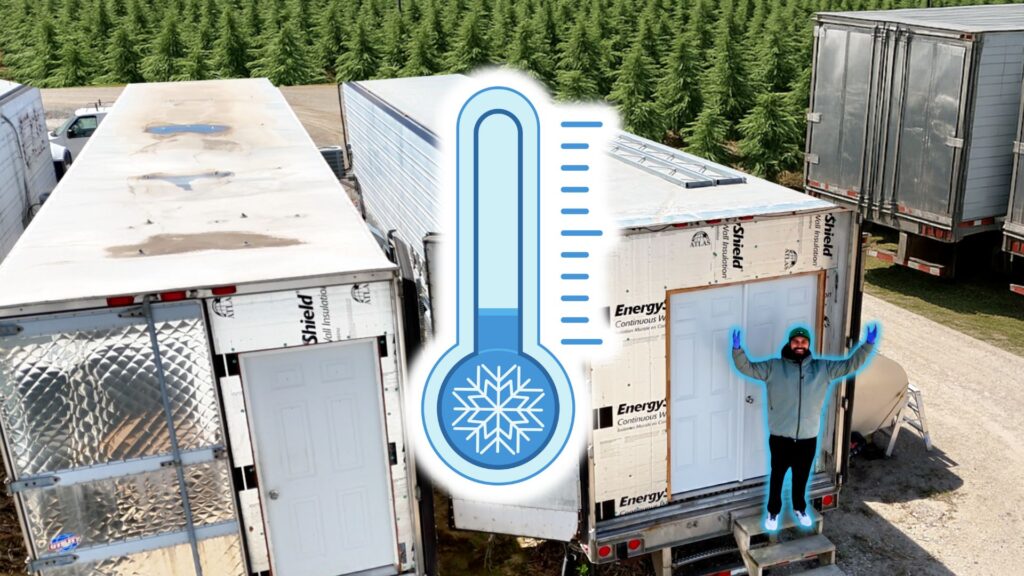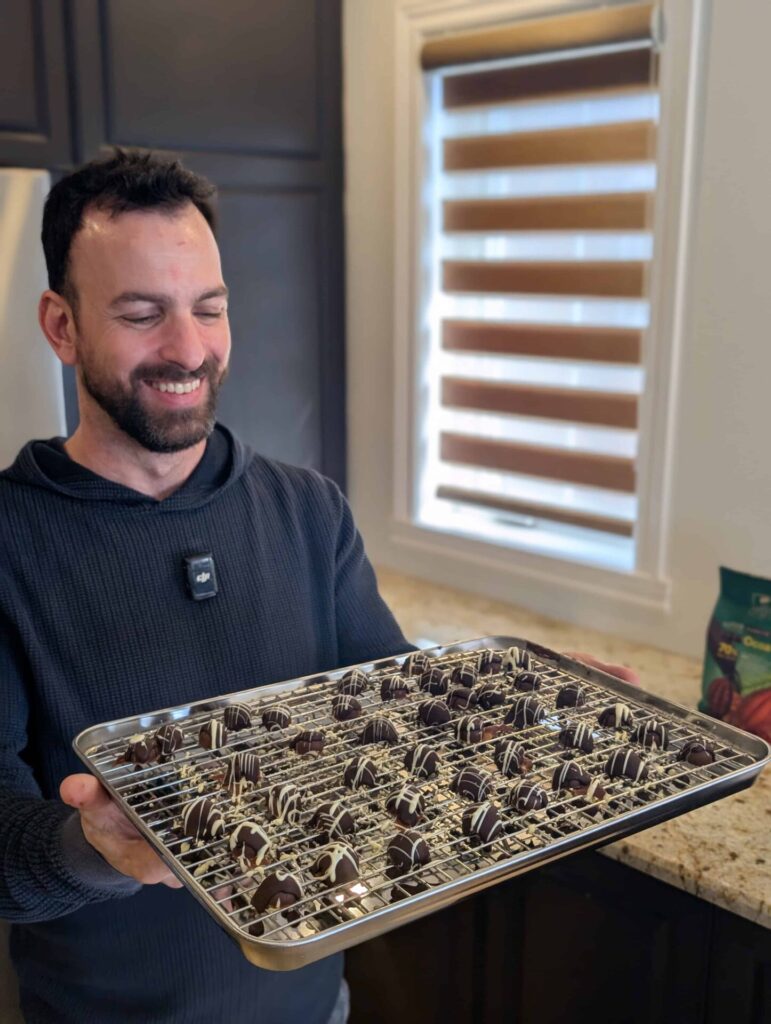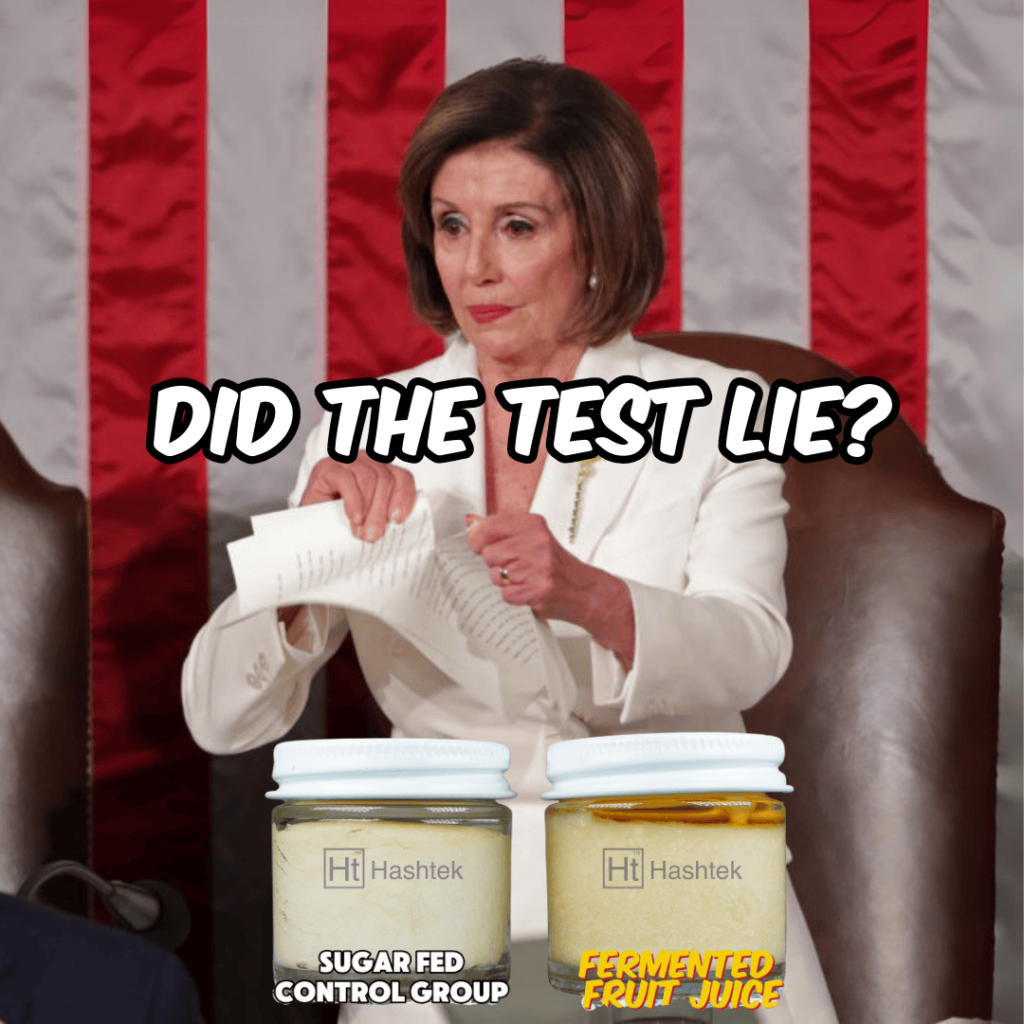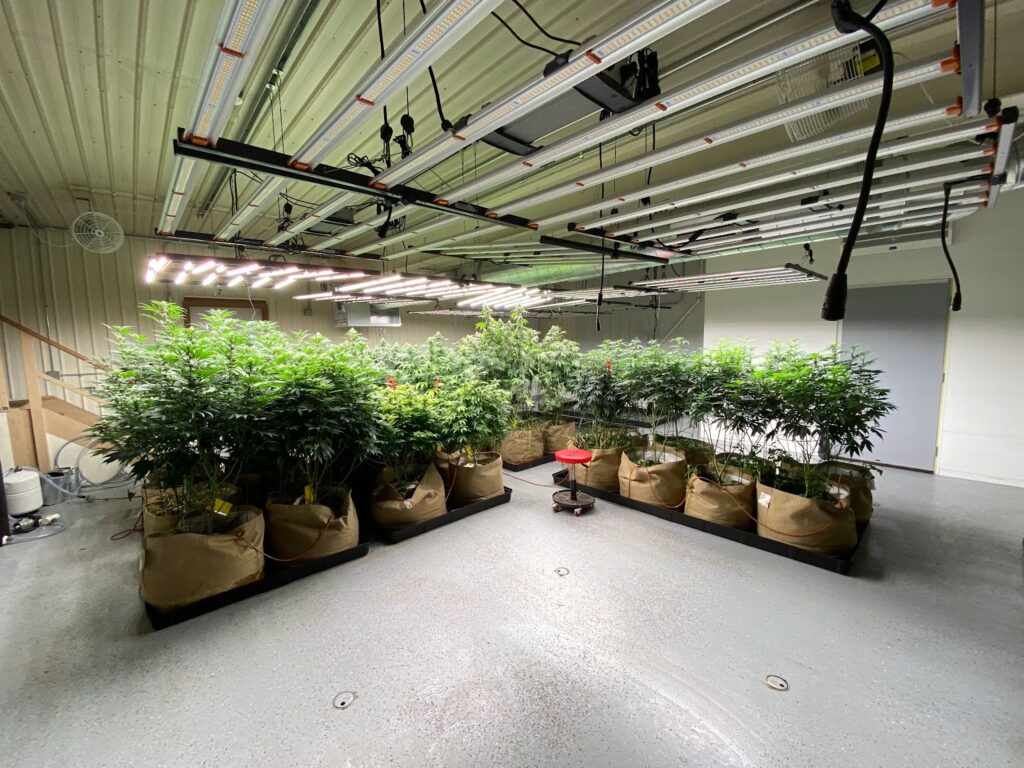We’re so excited to share that Hashtek user and consultant @maple_budder recently took home 3rd place rosin at The Hash Times Cup in Barcelona during Spannabis week!
We sat down to chat about how his Champaya x (Holy Grail x Strawberry Banana #27) entry was grown and washed using one of our 50a systems, as well as some trends he saw and top terps he tried across the pond.

How was your winning entry hunted?
The Holy Grail x Strawberry Banana cross was a pack of seeds that we got at Legends of Hashish two years ago in our kit. That same year I went to Emerald Cup and picked up the Champaya, which was a Mimosa V6 crossed to Papaya.
I had a couple of different phenos and was hunting those guys all last summer. I ended up doing a blend of two different plants, the Champaya #10 that didn’t have much of the Mimosa in it, but had a lot of kind of sourness to it, a sour funk more on the papaya side. The wash was about 70% of that Champaya and the rest Holy Grail x Strawberry Banana #27.
That one just came out with these nice juicy, fat buds that were super frosty. And again, had a very unique kind of sour, a little gas, and some strawberry to it. That’s why we decided to call it Sour Champaya. It’s a blend of those two specific phenos because we had so many different ones to work with and were really trying to match flavors and profiles together.
I just have something for the Holy Grail. It’s one of the first strains that got me to press for rosin at the time that we were doing flower rosin back in 2016 or 2017. I’ve been trying to hunt for that cut again because I really liked that OG gas cut. When I got those beans, I really wanted to pop them and I ended up getting something less on the gas side and more on the fruit and sourness side, but still was really happy with it.


What inspired that approach to pheno hunting and blending flavors?
That’s something we saw at last year’s Legends where the guys who won with their Papa Burger ended up having three different phenos of it. They were still washing all three of them not knowing yet which one they wanted to keep. So they just kept growing the mix of the three and that got me thinking about creating a full palette.
I’ve had this conversation with you before about winemaking and how they classify different types. When you buy a Dom Pérignon, you know the champagne always tastes the same whether it was created two years ago or five years ago. It always has the same profile because they’re keeping years and years of their wines, and they’re assembling them every year to come to the same flavor profile so that they can really mark themselves out in the world. They can say, “This is our champagne, and this is how it tastes, and it always tastes this way.”
So I started experimenting with that a lot. This year I’m going to have like 50 different phenos that I’m going to be blending again. Just trying to use my nose and see what works together and what doesn’t.
You know, making mistakes and making some things that are amazing. For me, it’s just learning. I enjoy the smelling and the tasting and seeing the results at the end. Sometimes I’m disappointed, but sometimes I’m super thrilled with the outcome.
How was the entry grown and washed?
The material was last year’s outdoor. I’m going to be concentrating most of my cultivation outdoors this year because, to be honest, the resin production that I’m getting from outdoor plants always seems to be superior to what I’m getting when I’m growing indoors in my beds. Indoor can be great too but I’ve personally found that outdoor just hits me on another level.
We washed this with the Hashtek 50a and put both phenos in there at the same time so it was washed together, it wasn’t assembled afterward.
We do single washes and dumps and we do use the same wash water. However, we’re not doing constant recirculation anymore. We weren’t getting the quality we wanted while recirculating, and started finding we were just exerting I think too much pressure on the heads when the water level was getting a little higher than the bags. So I do washes and dumps now, which seems to work better for my methods and helps in the collection process.


Do you always prefer to wash blends together rather than assemble them afterward? Is that a general preference or something that is more strain-specific?
I think it’s more about batch size. I’m doing like two or three plants of each cut that I’ve got, so I don’t have that much biome of each. Combining things became a little more natural for that reason. That’s kind of where it started but I liked where it ended up. I’m just using my nose a bit more and seeing what happens.
I’m also looking at texture. Sometimes I see these really greasy strains that I know are going to be a bitch to wash, and I know that I’m going to get like 1 or 2%, and I’m going to be swearing and it’s gonna stick everywhere. But I feel like when I wash those with a strain that’s a bit more firm, that’s not as sticky and easier to manipulate, it helps the process and I’m not as disappointed at the end of the wash.
I do think that if I had enough quantity, washing every strain individually and then assembling would probably be the best way to go. Just because every strain is different, some of them need more agitation than others, some of them are giving you more plant matter, some are giving you more stock.
Eventually yeah, if I had a Dom Pérignon and knew this is the exact mix I want to make every year, I would most likely wash them individually and blend them to the right ratios until I get that right profile that I’m looking for.
All three winners at The Hash Cup had a fruity flavor profile, something we’re seeing a lot of across competitions internationally. Can you speak to that and any other flavor trends you may have seen during your time in Europe?
A lot of Z, and the Z blending into the banana with a lot of Zkittlez and banana crosses. I saw some gas. The Germans are very much into that profile so the ones that I linked up with showed us some really nice gas.
But I have to say the fruit, but more so the wide spectrum of fruit. It was in every direction from the spritzers to the papayas to the Banana Z’s. In addition to our entry we also had our OG18 Strawberry Banana and some Banana Mac with us, which was really fruity as well. We were really in the fruits and didn’t taste many hazes or GMOs or anything like that.
Will you be back in Spain to compete again next year?
Definitely will go back next year. Definitely will compete in The Hash Times Cup again and support them as they supported us! They’re a young event, they’re only two years in, but they’re solid people behind it and I really liked their transparency.
We’ve been wanting to enter some competitions lately outside of Canada, so we set this up a few months ago and made sure that we had all the steps prepared to be able to do so. I definitely felt confident going in that we were top tier in that competition so was very happy to come in third.
Spain with your resin is fun. I was really happy to just be there with our entry and be able to smoke out all our friends and share our resin, it was so much fun.
What’s next now that you’re back in Canada?
We got like, 30 or 40 packs of seeds on the trip, just from sharing resin with people and showing them our work, a lot of it with their beans. DNA spoiled us and gave us a bunch of stuff to work with, so did NYCeeds. We got some crazy packs in our third-place victory pack too, some Karma Genetics and Bask Triangle Farms stuff. So I’m really excited to start hunting through all of those and stoked on the new flavors. I actually popped them all this morning!

I’m also the Director of Product Development for Greentone, which has a few brands in Canada. We’re just getting started on the hash side, and I was brought in basically to do the genetic side of things. We’ve quadrupled the strain offering since I started and went from being a one-trick pony, really just having one GMO-dominant strain, to having three new strains that are hitting the market: Road Dawg, Crumble Lime, and Skullcap from Karma Genetics.
It’s a very large operation, we have 150 employees, we ship internationally to Australia, Israel, and are now about to enter Europe. So a pretty big player with a good operation, but they just didn’t have many genetics. That was what I came to do and it naturally went into optimizing their operation, so another major part of my job has become finding ways to monetize some of their waste material and things like that. Getting the Hashtek Cannabis Tumbler was really the first thing that I identified, that was the quickest to get us up and going to be able to utilize our trim that is so valuable but was being wasted.

All the dry trim we have is usually caked in kief, and some of our genetics are giving us like ridiculous returns right now, upwards of 40%-50% THC. So it’s really giving us amazing starting material. I joked with Aleks that the first time firing it up, I looked like a hero in front of my whole team when they saw how much kief it cranked out on it’s inaugural run.
We’ve launched a couple of quick hashes at first that were more Afghan hashes because they’re liked on the Canadian market. Now I’m about to start doing a lot of strain-specific, straight-up pressed kief hashes. We’ve got two that are about to hit the market in the next month, one that just hit Quebec, so are launching four hash SKUs this year.
In this size operation right now, it’s really about utilizing our trim and reducing waste materials. But you know, the next step is obviously going to be solventless.












